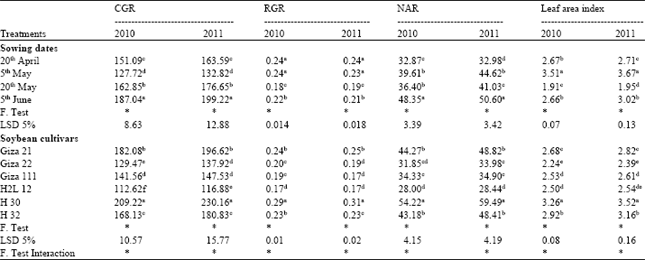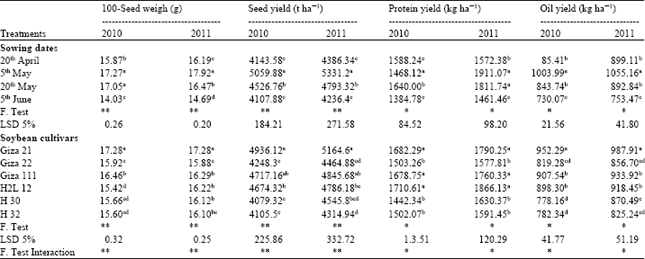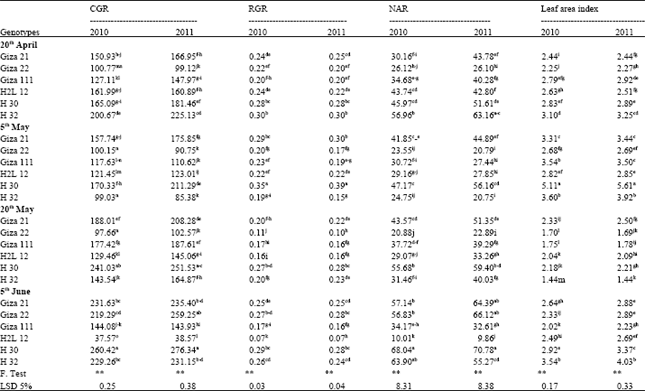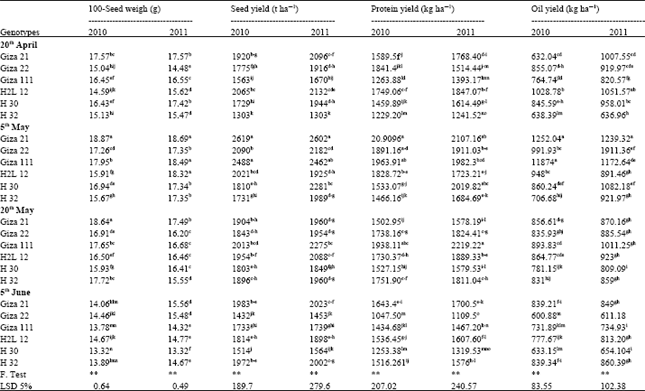Research Article
Influence of Planting Date on Some Genotypes of Soybean Growth, Yield and Seed Quality
Agronomy, Faculty of Agriculture, Mansoura University, Egypt
A.E. Sharief
Agronomy, Faculty of Agriculture, Mansoura University, Egypt
A.R. Morsy
Food legume Crop Research Sec., Field Crop Research Institute, ARC, Giza, Egypt
A.I.M. El-Sayed
Food legume Crop Research Sec., Field Crop Research Institute, ARC, Giza, Egypt













sumalatha G M Reply
i need effect of different dates of sowing in soybean